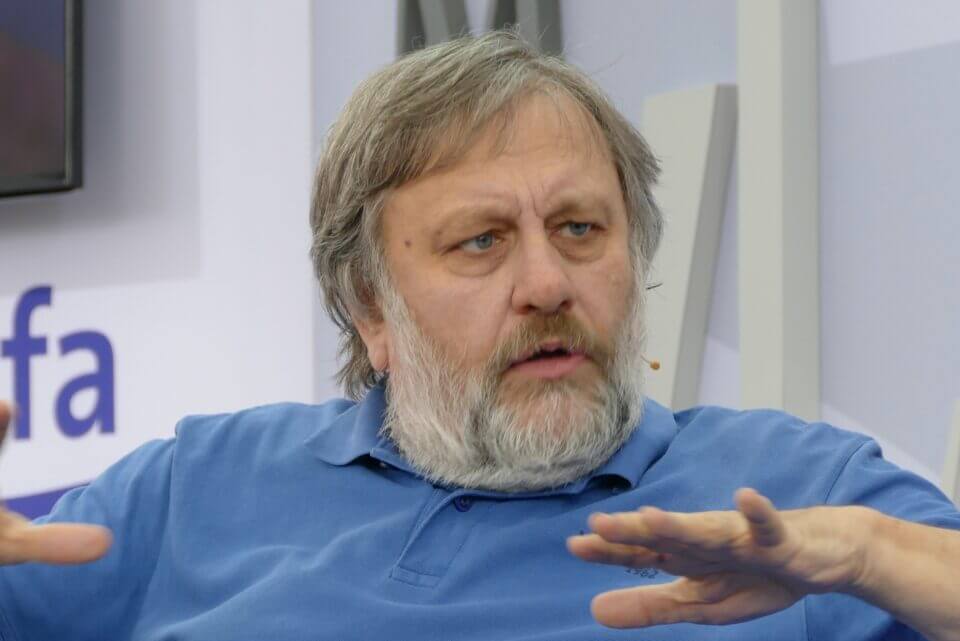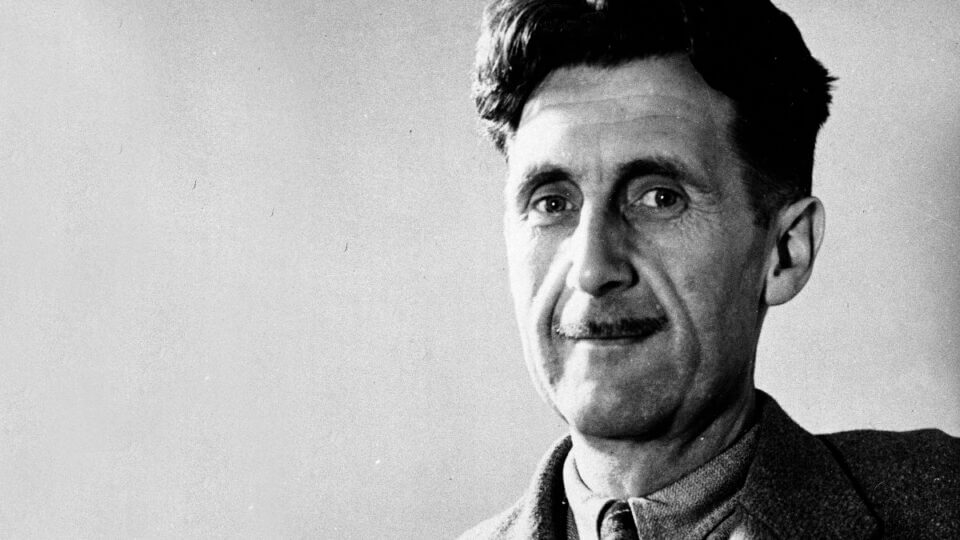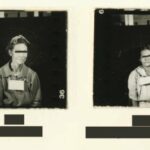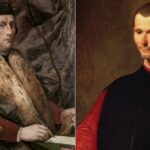
“I was not there at the Memorial in the sweltering heat and humidity of Washington. I saw it through the magic of our black-and-white Muntz television set in my family’s Italian tavern in Cleveland, Ohio.”
I can remember being a 16 year old watching Dr. Martin Luther King Jr. deliver his “I Have a Dream” speech from the steps of the Lincoln Memorial in Washington, D.C. on August 28, 1963. I was not there at the Memorial in the sweltering heat and humidity of Washington. I saw it through the magic of our black-and-white Muntz television set in my family’s Italian tavern in Cleveland, Ohio. I still see myself perched on the edge of the pool table in the bar area of the tavern watching the march, the speakers, and then King and his speech with its now world-famous refrain, “I have a dream…”
Tragically, the Pew Research Center reports declining percentages of Americans saying they have read or heard “a great deal” about the speech. Overall, 60% of Americans say they have read or heard a great deal about it. Nearly seven out of ten (68%) of those 65 and older are likely to say that. That drops to around half (53%) for those ages 18 to 29, with 16% in that group saying they had not heard much or anything about the speech—the largest percentage of any age group.
With more Americans forgetting (or never learning) about King’s speech, the time is right to review King’s more general views on the American Dream, which are found in more than this one memorable speech. The recent biography King: A Life by Jonathan Eig recounts that “…a blueprint for ‘I Have a Dream’” can be traced to April 17, 1944, when King entered a statewide public speaking contest in Dublin, Georgia. His speech that day was titled “The Negro and the Constitution” and drew significant portions from remarks given in 1928 by Henry F. Coleman titled “On the Philosophy of the Race Problem (From a Negro’s Point of View).” King’s speech that day called for “a new birth of freedom” and outlined a vision for a United States of America that transcended the racial animosity of his day.
Getting to Know King’s Vision
Years after I watched King from my pool table perch in the Golden Gate Inn, I participated as a Ph.D. student in a yearlong seminar on natural law that introduced me to his writings, including his “Letter from a Birmingham Jail.” I have found King’s vision of the Dream to be widely applicable. A little over five years ago, I was asked to develop a directed readings course on K-12 education reform and philanthropy from the early 1980s to today for the Walton Family Foundation’s newly hired education staff. I have now led this seminar ten times, always beginning with a discussion of King’s reflections on the American Dream. His enduring insights and challenges are a “north star” for all conversations on how to educate young people for opportunity and human flourishing.
King’s views on the American Dream create a framework for a more just and equitable society, which he explores through multiple speeches, sermons, and letters. I have found it useful to organize his vision under four themes rooted in the principles of The Declaration of Independence, the Constitution of the United States, and The Emancipation Proclamation, and reflected in his biblical references and songs such as “My Country, ‘Tis of Thee.” These themes do not exhaust his views on the American Dream, but they do provide a pathway for exploring those views.
King’s Vision of the Dream
To set a context for these four themes, let me begin with his definition of the Dream:
“…America is essentially a dream, a dream yet unfulfilled. The substance of this dream is expressed in some very familiar words found in The Declaration of Independence. ‘We hold these truths to be self-evident: that all men are created equal; that they are endowed by their Creator with certain inalienable rights; that among these are life, liberty, and the pursuit of happiness.'” This is a dream.
His words emphasize equality promised but unreal. This describes the problem he saw the United States confronting. In identifying the source of this problem, he pinpointed the nation’s schizophrenic personality. King talked frequently about how America’s personality is “divided against itself,” echoing the biblical injunction and Abraham Lincoln’s 1858 House Divided Speech that closed the Illinois Republican Party meeting that nominated him for the United States Senate. The schizophrenia is created when America professes principles of democracy but practices the opposite through slavery and racial segregation. This produces the belief that there are superior and inferior races. King, in a 1962 speech discussing the importance of The Emancipation Proclamation, described the nation’s “unresolved race question” as “a pathological infection in our social and political anatomy, which has sickened us throughout our history, and is still today a largely untreated disease.”
Curing the Infection: The Four Themes
1. Equality for all: As we see in King’s definition of the Dream, The Declaration of Independence is central to his understanding that “all men are created equal.” This founding document served as the cornerstone of his vision, shaping his advocacy for a society in which people “will not be judged by the color of their skin but by the content of their character.” King’s dream was for a country that truly embodied the Declaration’s ideals, thus actualizing its promise of equality for all. He often refers to this characteristic as “an amazing universalism…that does not say some men, it says all men.”
2. Economic justice and government’s role: King recognized that achieving the American Dream was intrinsically tied to economic opportunity and security. Drawing upon the Preamble to the Constitution, which commits to “promote the general welfare,” King pushed for policies that ensured economic fairness for every American. He strongly advocated for fair wages, quality education, and safe, affordable housing as critical components necessary for everyone to have a fair shot at prosperity. Economic justice was the embodiment of the constitutional promise of the pursuit of happiness. In fact, the formal name for the 1963 event in Washington, D.C. was the March on Washington for Jobs and Freedom, integrating the themes of economic justice and equality.
King’s vision of the Dream includes a central role for a government committed to ensuring equal rights for all, including legislation, judicial decisions, and executive orders by elected leaders. Drawing inspiration from the Emancipation Proclamation, King considered the government’s role as not merely protecting the rights of citizens but actively working to rectify historical injustices. In his “I Have a Dream” speech, he used the analogy of a “promissory note” to underscore the unfulfilled promises made to black citizens, highlighting the government’s responsibility to address these past wrongs.
3. Nonviolence, love, and nonconformity: Despite the intense opposition and threats he faced, King resolutely insisted that the struggle for equality must always be nonviolent. He urged followers to “struggle with Christian methods and Christian weapons” to achieve “moral ends through moral means.” King’s commitment to peaceful protest resonated deeply with the democratic ideals enshrined in the Constitution, emphasizing the role of peaceful dialogue and negotiation in bringing about social change. In his “Letter from a Birmingham Jail,” he is firm in his commitment to nonviolence as a crucial aspect that maintains the dignity of the civil rights movement and ensures its ultimate success.
In King’s vision of the American Dream, nonviolence was closely linked with the principle of love and brotherhood, referred to as “an inescapable network of mutuality.” Drawing extensively from biblical teachings, he often quoted the commandment to “love your neighbor as yourself,” emphasizing the transformative power of love. For King, love was not just a personal virtue but a societal force capable of driving social change and bridging racial divides. In his letter to American Christians modeled on a New Testament Epistle written by St. Paul, he says “…love is the most durable power in all the world.” He envisaged an American society where love, understanding, and brotherhood overpowered hatred and prejudice.
Finally, King was not just a dreamer. He was a man of action believing that nonviolence and love must lead to action. He made repeated calls “to develop an action program to get rid of the vestiges of segregation and discrimination.” He urged people to resist societal norms and unjust laws that upheld segregation and discrimination. Taking a stance against unjust laws and opting for incarceration over supporting segregation in Birmingham, King put his belief in non-conformity into action. Drawing parallels to the American Revolution’s rebellion against unjust British laws, King emphasized the moral duty to resist unjust laws, even if it came at great personal cost.
4. Faith, endurance, and patriotism. Central to King’s vision of the Dream was the role of faith and endurance. Drawing from his deep Christian faith, he believed in the eventual triumph of justice and righteousness. This belief, reflected in his often-quoted phrase, “The arc of the moral universe is long, but it bends toward justice,” expressed his unwavering optimism that, with faith and endurance, the Dream would eventually be realized for all citizens.
This commitment to faith and endurance was also permeated with a strong sense of patriotism. As was mentioned, he invoked the patriotic hymn “My Country, ‘Tis of Thee” in his speeches, symbolizing the unfulfilled promise of freedom. The song has an evocative history. It was first performed in Boston on July 4, 1831, and an abolitionist version was written in 1843, with lyrics that mentioned the white and black races. Moreover, the African-American contralto Marian Anderson sang it on the steps of the Lincoln Memorial when she was forbidden to sing to an integrated audience in Constitution Hall in Washington. King used the song to underline the shared values of all Americans in the struggle for equality. His repetition of its lyrics served to foster a sense of shared patriotism and unity in the face of widespread racial injustices.
King’s vision of the American Dream was an “amazing universalism” of equality for all. This aspiration was undermined by America’s “schizophrenic personality” that practiced the opposite of equality—the pathology of superior and inferior races. His dream of racial equality was not an abstract notion, however. It was a deep-rooted action plan for economic justice, nonviolence, brotherhood, government responsibility, non-conformity, faith-filled endurance, and patriotism. As he said on July 4, 1965, “the reason we got to solve this problem here in America: Because God somehow called America to do a special job for mankind and the world.”
Today’s political polarization, including our often fraught conversations about race, should lead us to reflect on the American Dream as envisioned by King. It is an important starting point for any discussions we have on how to keep that Dream tethered to our current situation. It should inspire our collective efforts toward creating an equitable and just society, fulfilling its promise of “equality for all.” King’s thoughts continue to shape our understanding of what the American Dream can and should be. And his vision of that Dream remains a powerful guiding light in our ongoing struggle towards equality and justice.
Bruno V. Manno is a senior advisor for the Walton Family Foundation’s education program. He is a former United States Assistant Secretary of Education for Policy.











